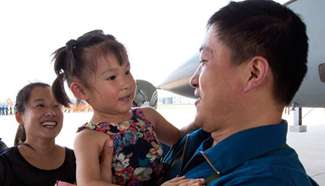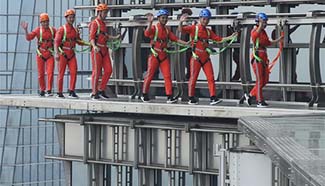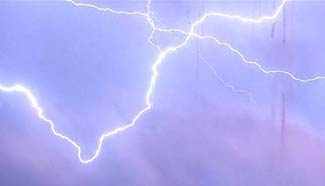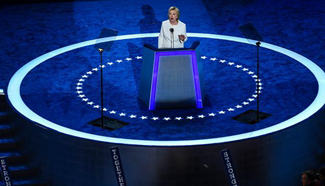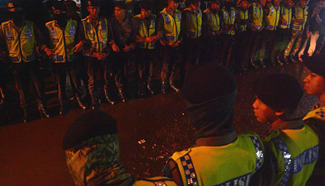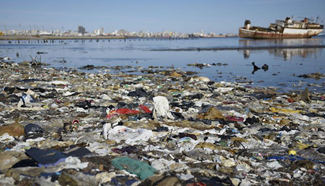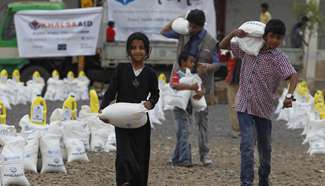by Xinhua writer Liu Chang
BEIJING, July 29 (Xinhua) -- A new Cold War is looming large in Northeast Asia as Washington insists on installing an anti-missile shield in South Korea, a provocative move that could further split the region, trigger a fresh arms race and crush hopes of denuclearizing the Korean Peninsula.
Immediately after the Second World War, the U.S.-led Western bloc sought to dictate post-war world order and contain the Soviet Union to ensure global supremacy as well as the proliferation of capitalism and its set of values worldwide. And that was how the Cold War set in.
Over the following four decades of confrontation, most of the world's nations were forced to take sides and paid a heavy price for struggles between two super powers, a price no lighter than all-out hot wars.
Nearly three decades following the fall of the Soviet Union, the United States, the most powerful nation on Earth, risks goading North East Asia back into conflict, chaos and estrangement.
The Obama administration claims the anti-missile shield could help defend South Korea against potential security threat from its neighbor the Democratic People' s Republic of Korea (DPRK).
However, given the fact that the Terminal High Altitude Area Defense (THAAD) missile shield is designed to intercept incoming inter-continental ballistic missiles at relatively higher altitudes, the DPRK needs only short-range rockets and conventional arms to launch devastating attacks on its southern neighbor, thereby rendering the shield as an ineffective deterrent.
Furthermore, THAAD, which has a 200 km-range for intercepting missiles, is to be set up some 300 km southeast of Seoul in Seongju county, far from the border with the DPRK. That means the capital and the surrounding areas, the country's most populated region, will not be protected.
While Washington' s reasoning for the THAAD deployment is untenable, its self-serving motivation sticks out a mile.
THAAD' s X-band radar is believed to have a detection range as far as 2,000 km in forward-based mode. Thus once placed in South Korea, the United States would be able to peer conveniently deep into China and Russia, imposing a grave threat to the security interests of the two countries and to regional peace.
With Seoul agreeing to let THAAD in, a new arms race is well expected. If that were to happen, then regional countries will be sucked into a security dilemma and an unavoidable action-reaction cycle.
Already, the Chinese defense ministry has confirmed recently that Beijing is testing its own anti-missile systems to ratchet up self-defense capabilities. The deployment would only encourage the DPRK to be even more adventurous, building more bombs and testing more missiles. As for the Russians, don't expect Moscow to stand idle if its national interests are challenged.
By strengthening its military posture and alliance in the region, Washington is producing two contentious camps on both sides of The 38th parallel on the Korean Peninsula, and diminishing any hope that the region's nuclear issue can be solved diplomatically.
For that, Washington and Seoul need to tread very carefully. Otherwise, the outcome of a misplaced decision could be too calamitous to overcome.




